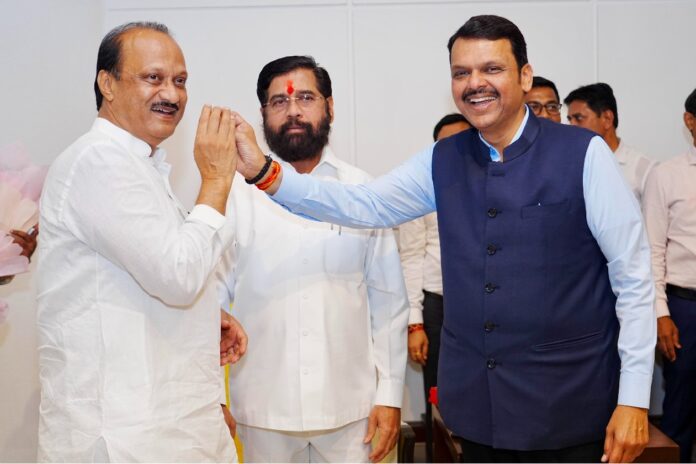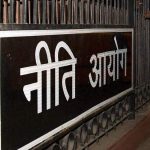By enlisting Eknath Shinde and Ajit Pawar, the BJP weakened the Thackeray family’s dominance and halted Sharad Pawar’s political journey. The victory in Maharashtra has been so spectacular that it has overshadowed the rather disappointing performance of the party in Jharkhand.
The BJP has notched up a significant victory in Maharashtra emerging as the single largest party in the state assembly. The BJP-led Mahayuti alliance has won a robust majority, putting paid to the ambitions of the Opposition Maha Vikas Aaghadi (MVA), comprising Congress, Shiv Sena (Thackeray) and NCP (Sharad Pawar).
This victory marks a monumental rise for the BJP in Maharashtra, from winning 14 seats in 1980 to delivering its best performance yet. The party has successfully leveraged strategic alliances and dismantled the influence of long-standing regional dynasties. By enlisting Eknath Shinde and Ajit Pawar, the BJP weakened the Thackeray family’s dominance and halted Sharad Pawar’s political journey. The victory in Maharashtra has been so spectacular that it has overshadowed the rather disappointing performance of the party in Jharkhand. Maharashtra, in any case, is a much bigger state and holds greater significance for any party as far as national politics is concerned.
There is denying that BJP’s victory was fuelled by its well-planned strategies. The Mukhyamantri Majhi Ladki Bahin Yojana, introduced in July 2024 proved to be a game-changer. This scheme, providing ₹1,500 per month to 2.3 crore women beneficiaries, resonated with the voters as it promised to hike the payout to ₹2,100 swaying women voters in favour of the Mahayuti.
On the contentious Maratha reservation issue, the BJP made deft moves. The top leader of the agitation withdrew from the contest, thus splitting Maratha votes. Independent candidates capitalised on his name to rally community support, further diluting the Opposition’s strength. The consolidation of Dalits, Muslims and Marathas that propelled the Opposition to victory in the Lok Sabha polls did not happen in the assembly elections.
Agrarian issues were dealt with nicely with announcements of higher procurement prices through Nafed and enhanced State support for some crops. The BJP’s campaign struck a chord with its slogans like “Batenge toh katenge” (If divided, we fall) and PM Narendra Modi’s “Ek hai toh safe hai” (United, we are safe). Tagging the election as a Dharma Yuddha (righteous war) against “vote jihad” energised the BJP’s core voter base.
Attempts by the Opposition to highlight issues like alleged threats to the Constitution failed to gain traction. While Prakash Ambedkar’s Vanchit Bahujan Aghadi fragmented the Opposition vote, Rahul Gandhi’s allegations of an Adani-Modi nexus and his advocacy for a caste census fell flat. The BJP maintained its core support among upper castes and OBCs, with OBC consolidation against Marathas strengthening the party’s position further.
The BJP’s rise in Maharashtra marks a turning point in the state’s political history. It has reshaped the state’s urban and rural political landscape alike. From farmers to women voters, the Mahayuti alliance struck a chord across demographics. As the Rashtriya Swayamsevak Sangh (RSS) approaches its centenary in 2025, the Maharashtra BJP has presented its parent organisation a historic triumph with Devendra Fadnavis, himself a staunch swayamsevak, likely to return as chief minister. The issue of chief ministership, though, could turn out to be a bit tricky considering that Shiv Sena ( Shinde ) would not like to give up that advantage. However, considering BJP’s majority it may finally come round to the idea of handing the baton to Fadnavis.






































